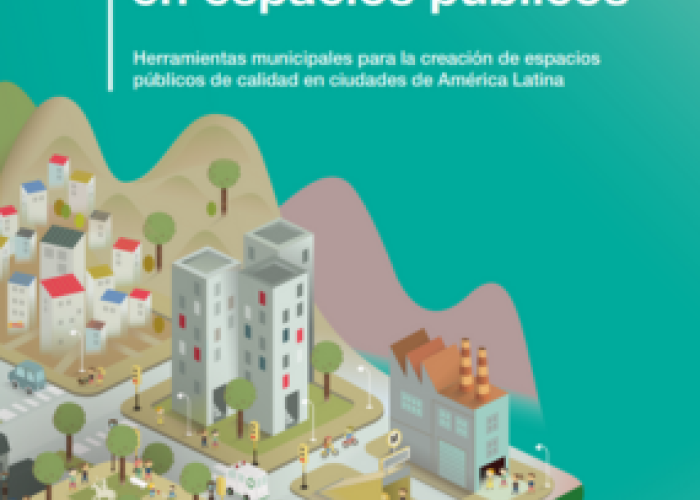Guía de intervenciones en espacios públicos

La Guía de intervenciones en espacios públicos de CAF resalta la necesidad de considerar diversos efectos al intervenir en el territorio, como la…
- Walking
- Cycling
Tools & Methodologies
CHEVRE Antoine
Transport Team Leader
The EU guidelines for Sustainable Urban Mobility
These guidelines are intended for urban transport and mobility practitioners and other stakeholders involved
in the development and implementation of a Sustainable Urban Mobility Plan.
Urban mobility planning is a challenging and complex task. Planners need to manage many, sometimes conflicting demands and requirements on the local level and even beyond when it comes to contributing to European climate change and energy efficiency
targets. The complexity increases in case of political change and, as is currently the case in many European countries, severe financial constraints.
A Sustainable Urban Mobility Plan contributes to reaching the European climate and energy targets set by EU leaders. It has been widely promoted by the European Commission, for example, via the Action Plan on Urban Mobility (2009) and the Transport White
Paper (2011) as a new planning concept able to address transport-related challenges and problems of urban areas in a more sustainable and integrative way. It is expected that Sustainable Urban Mobility Plans remain on the policy agenda of the European Commission and
the Member States. In contrast to traditional transport planning approaches, the new concept places particular emphasis on the involvement of citizens and stakeholders, the coordination of policies between sectors (transport, land use, environment, economic development, social policy, health, safety, energy, etc.), between authority levels and between neighbouring authorities. Sustainable Urban Mobility Plans require a long-term and sustainable vision for an urban area and take account of wider societal costs and benefits with the
aim of “cost internalisation” and stress the importance of evaluation.